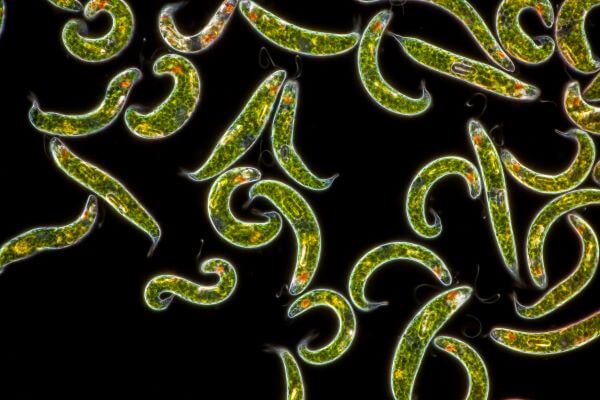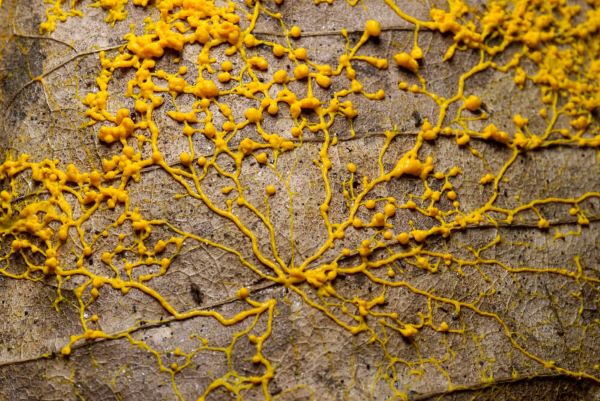Protists are usually microscopic and unicellular, though some types of protists are multicellular.

Which Types of Protists Are Unicellular?
All animal-like protists (protozoa) are unicellular. This includes the Rhizopoda, the ciliates, the flagellates, and the Sporozoa). Many plant-like protists (algae) and fungi-like protists (molds) are also unicellular organisms.
Which Types of Protists Are Multicellular?
Although the majority of protists are unicellular, some are multicellular organisms. One notable example is the giant kelp, which is a type of brown algae and can reach lengths of up to 65m (215 feet). Other examples of multicellular protists include seaweeds, such as red algae and green algae. Slime mold cells may also clump together to form multicellular structures.

To learn more about different types of protists, click here.
